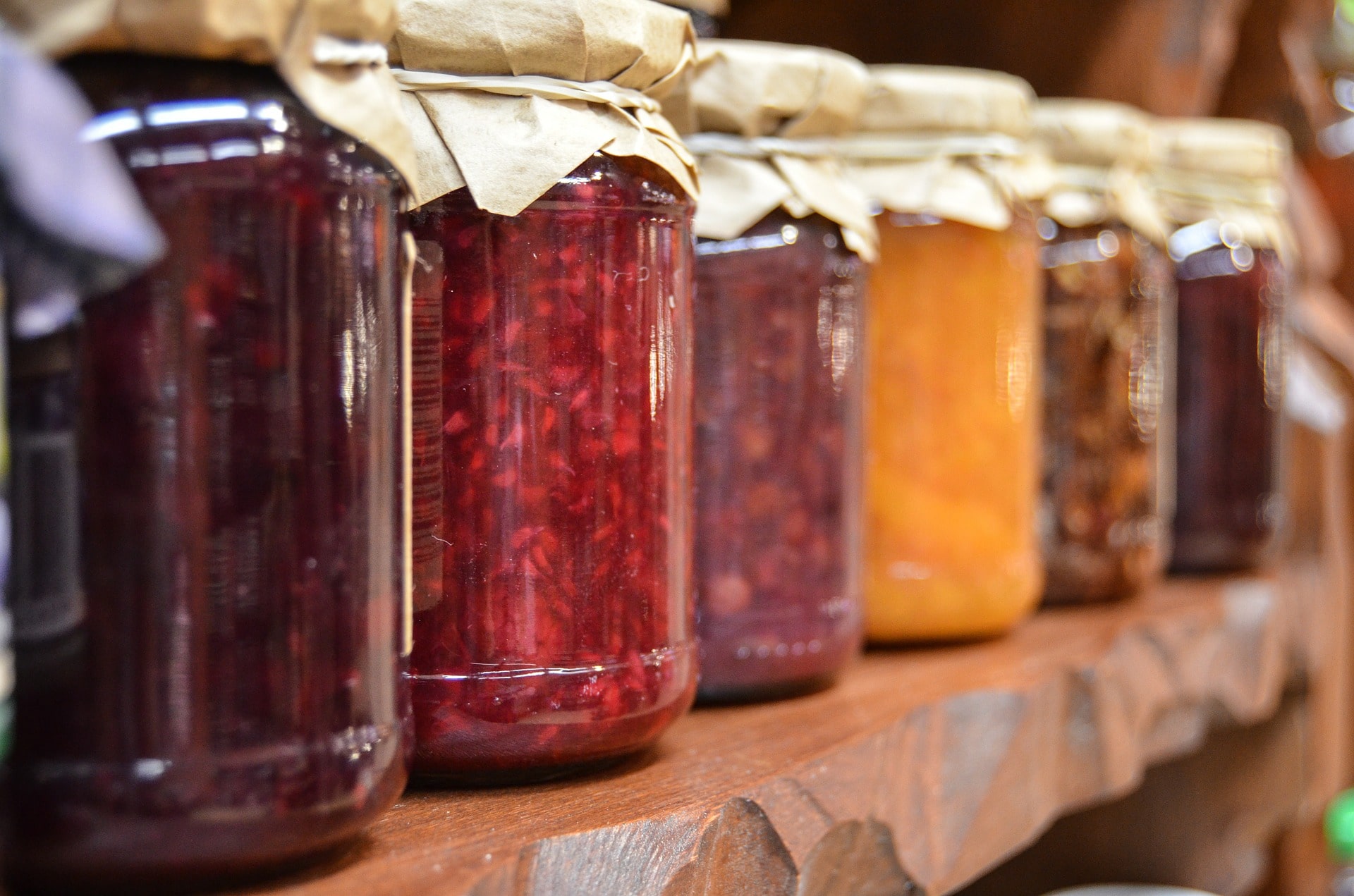Marmalade
The ideal breakfast usually includes fruit jam. We spread it on bread or toast with butter or without, and we enjoy unique flavors and colors on our plate, satiating more than one sensation.
The first jams are said to have been originally made in ancient Greece in an effort to preserve the quinces with honey. This resulted in the “melimelon”, which in turn was processed by the Romans to discover the pectin that came from boiling the fruit. Since then, this sweet has survived and spread worldwide. The basic ingredient, along with the fruit or fruit combination we choose, is sugar. It is said that the jam was invented in its (almost) present-day form around 1560 by a doctor of the queen of Scotland, Mary, who mixed it with sugar in order to benefit her from nausea during a trip from France to Scotland. Because of this, there was an etymological version of the jam: “Marie est malade” (“Maria is ill”). As appealing as this story sounds, however, gastronomy experts disagree and insist that the word comes from the Portuguese “marmelo” which means quince and goes back to the ancient Greek “melimelo”.
It turns out that the variety of fruits and vegetables available in Greece has led to the need to find ways of preserving them from very early on. This is how everyone’s favorite jam was invented; by helping preserve and consume seasonal fruits all year round, at same time it provides us with the most fruity scents and flavors.
